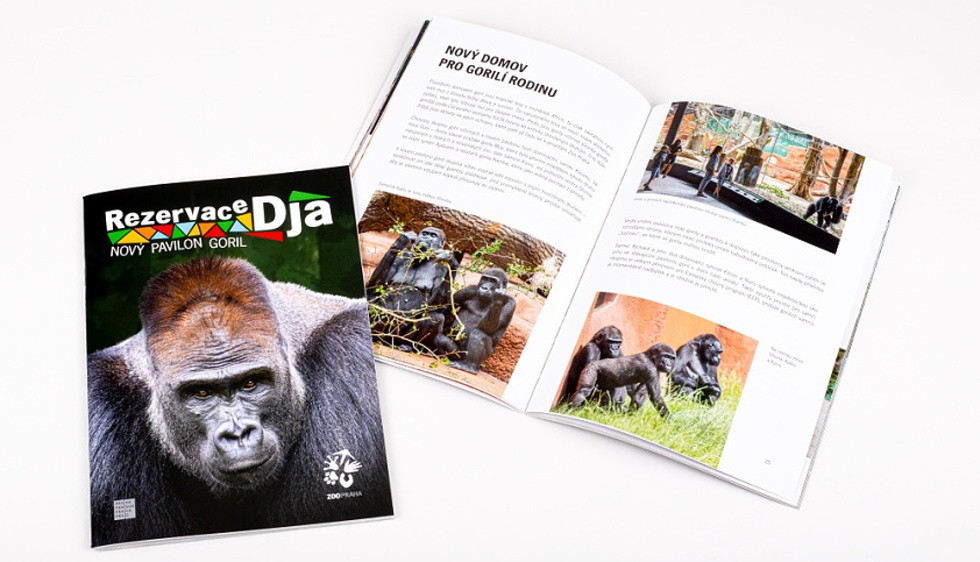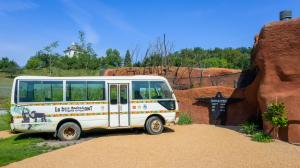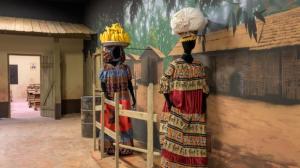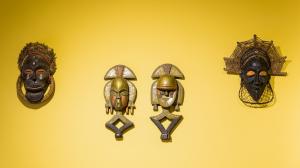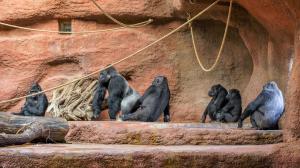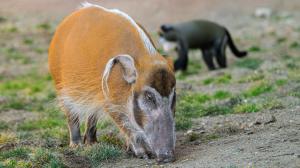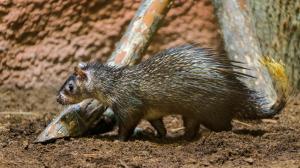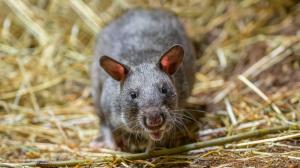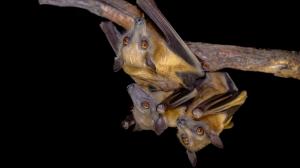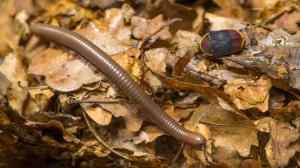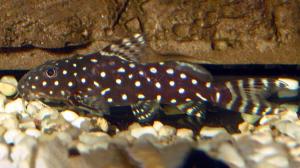Pralesní zahradníci
Zoo Praha | 01. 09. 2021
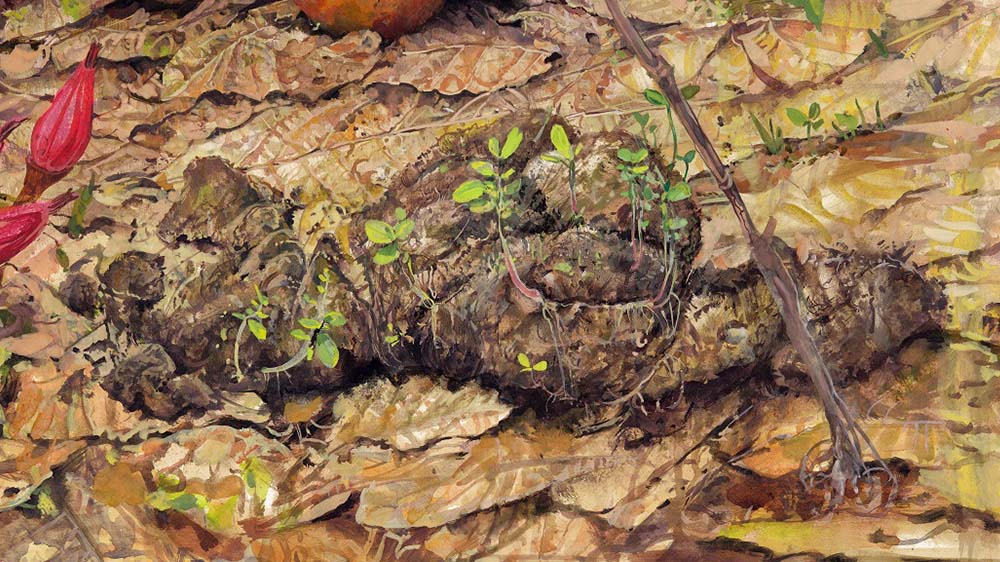
Víte, že…?
- Gorily, sloni, prasata a další plodožraví živočichové jsou klíčoví pro obnovu pralesa. Ve svém trusu šíří semena rostlin, z nichž mnohá úspěšně vyklíčí až po průchodu střevem.
- V trusu goril byla zjištěna semena 70 druhů rostlin. U slonů pralesních jich bylo dokonce přes 100.
- Gorily rády nocují pod otevřenějšími korunami, kde také zanechávají trus. Umožňují tím vyrůst těm druhům rostlin, které ke klíčení vyžadují světlo.
- 70 – 90 % dřevin v tropických lesích je šířeno zvířaty.
Did you know…?
- Gorillas, elephants, pigs and other fruit-eaters are essential for forest regeneration. They disperse seeds in their dung, many of which germinate better after passing through the gut.
- Seeds of 70 plant species have been identified in gorilla droppings. In forest elephant dung it was even over 100.
- Gorillas often spend the night under more open canopy, where they also leave dung, helping seeds of light-demanding species of plants to germinate.
- 70 – 90% of woody plants in tropical forests are dispersed by animals.
Moabi/ Moabi
Baillonella toxisperma

Jde o celkem vzácný strom, který dorůstá až do výšky 60 m. Šíří jej hlavně sloni – dokáží sníst velké plody, aniž by porušili semena. Z těch se ostatně vyrábí cenný olej. Strom ovšem plodí jednou za tři roky a až po dosažení 90–100 let věku.
Moabi is a huge and quite a rare tree, which grows up to 60m in height. It is mainly spread by elephants – they can eat the large fruits without damaging the seeds. Valuable oil is made from the seeds of moabi. However, the tree bears fruit once every three years and only after it reaches 90 –100 years of age.
Irvingie/ Bush mango
Irvingia sp.
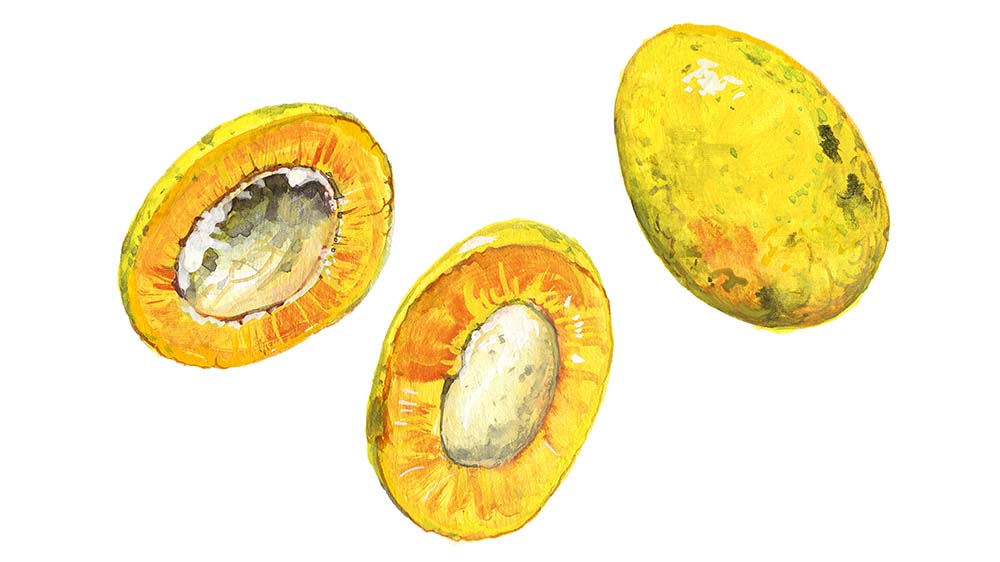
S pravým mangem ho pojí jen podobný vzhled, jinak jde o nepříbuznou rostlinu. Z plodů se zpracovává želé, džem, šťáva a někdy i víno. Z dužiny se také připravuje černé barvivo na barvení látek. Ze semen se získává olej. Dorůstá do 40 m.
It resembles the true mango, but is an unrelated plant. Jelly, jam, juice and sometimes wine is made from the fruits. The pulp is also used to prepare black dye for colouring fabrics. Oil is extracted from the seeds. It grows up to 40m.
Myriantus/ Giant yellow mullberry / Monkey fruit
Myrianthus arboreus
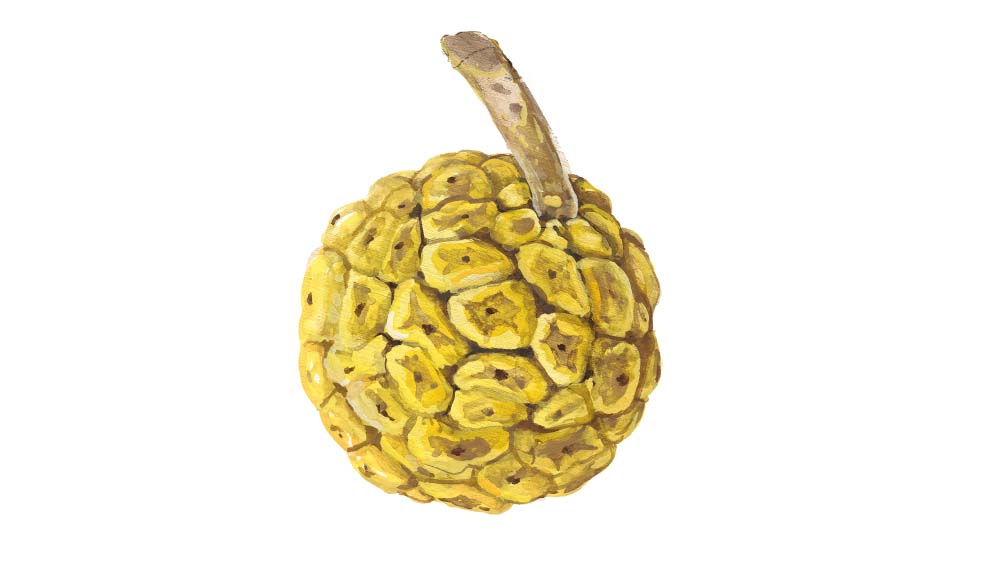
Obří listy myriantu mohou mít až 70 cm. Využívají se jako zelenina. Po opadání vytvářejí kvalitní humus. Semena rozšiřují gorily, opice či ptáci. Strom či keř dorůstá do výšky 10 – 20 m.
Giant leaves of monkey fruit can be up to 70 cm long. They are used as a vegetable. After falling, the leaves make a good humus. Seeds are dispersed by gorila, monkeys or birds. The tree or a shrub is usually 10–20m high.
Uapaka/ Uapaca
Uapaca sp.

Roste často na mokrém podkladě a chůdovitými kořeny zpevňuje půdu. Plody jsou oblíbenou potravou mnoha živočichů – primátů, slonů, prasat, chocholatek i ptáků. Dorůstá do 30 m.
The Uapaca tree often grows on wet substrate, the stilt-roots reinforce the soil. Its fruit is a favourite food for various animals – primates, elephants, pigs, duikers or birds. It reaches up to 30 m in height.
Nauklea/ Opepe
Nauclea diderrichii
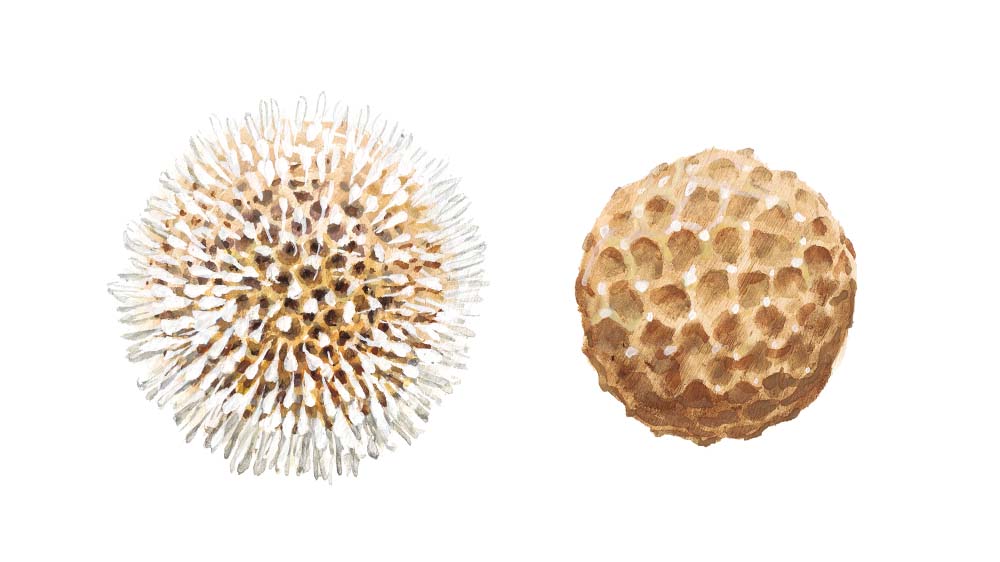
Nauklea je tzv. pionýrská rostlina – jako jedna z prvních se uchytí na otevřených plochách. Využívá se pro kvalitní dřevo i obnovu lesa.
Opepe tree is a so-called pioneer plant – the first to colonize clearings. It is used for quality wood and forest restoration.
Aframon/ Aframomum
Aframomum sp.

Plody aframonu mají potenciál k léčbě malárie. Gorily je pojídají a z jeho listů si často stavějí hnízda. Aframom patří do příbuzenstva zázvoru.
The fruit of the Aframomum has anti-malarial potential. Gorillas eat the fruits and often use the leaves to build their nests. Aframomum is related to ginger.
Suvenýry s logem Rezervace Dja pořídíte na e-shopu Zoo Praha.
Jejich nákupem také přispíváte na ochranu goril.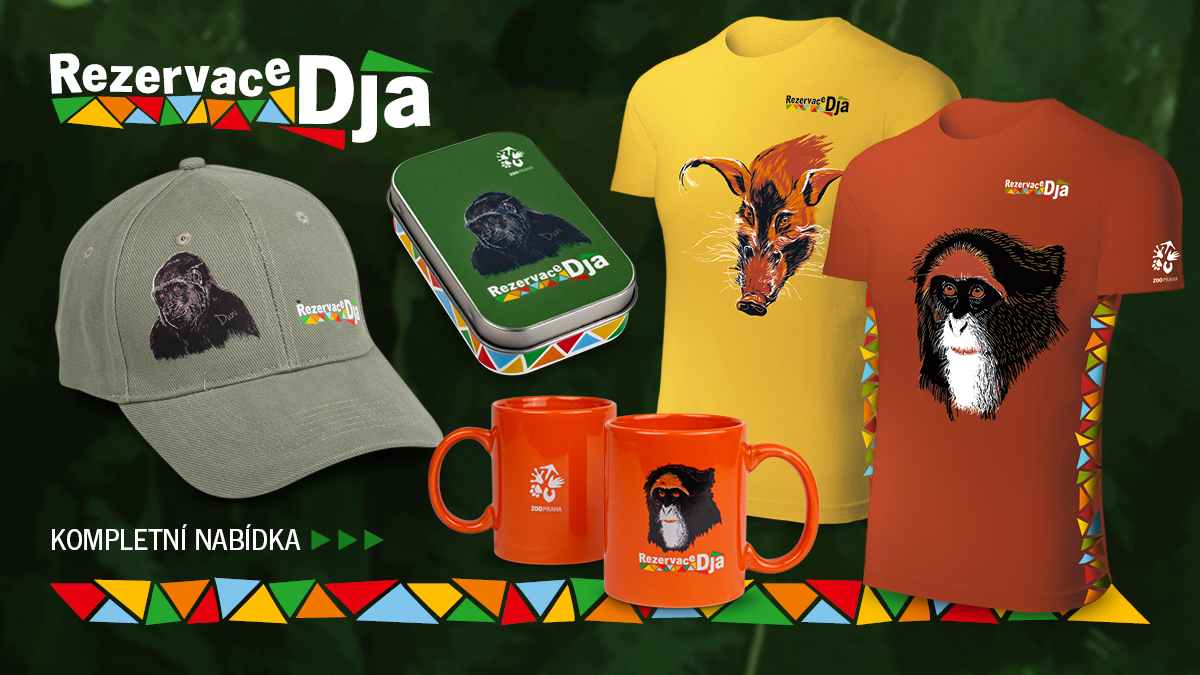
Podrobnější informace o pavilonu naleznete v brožuře, kterou si můžete stáhnout ZDE.